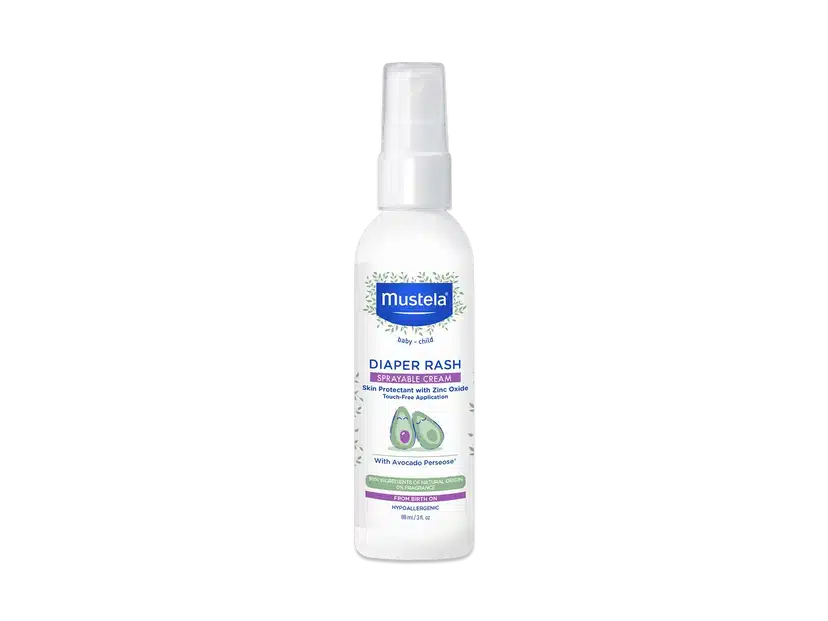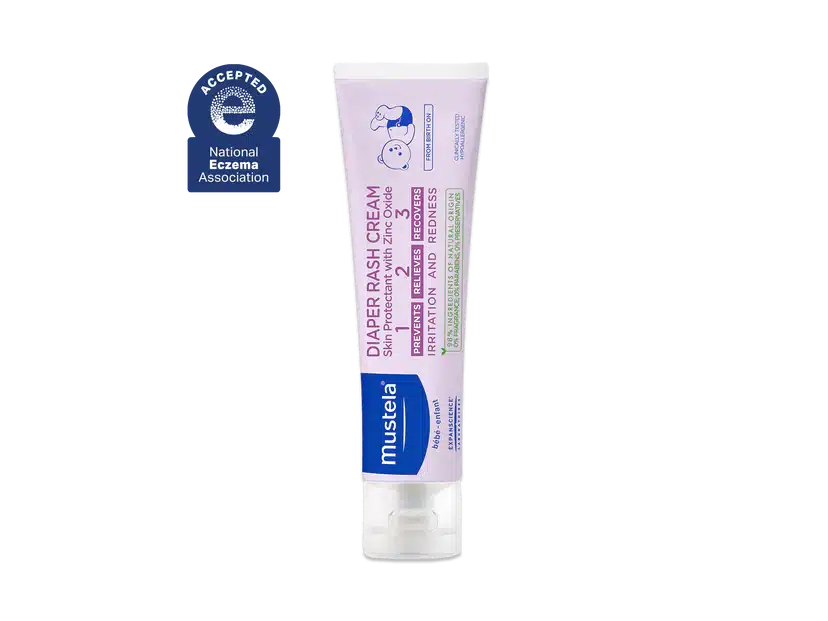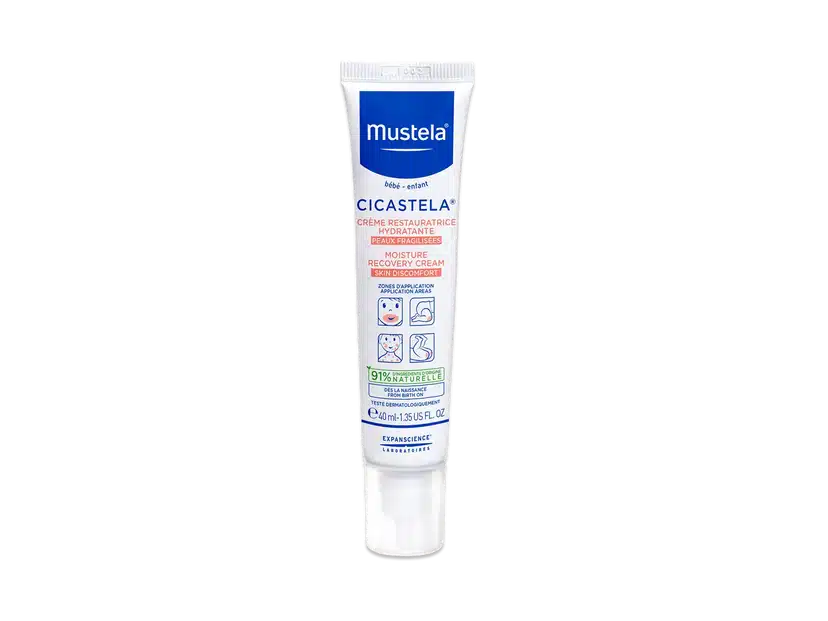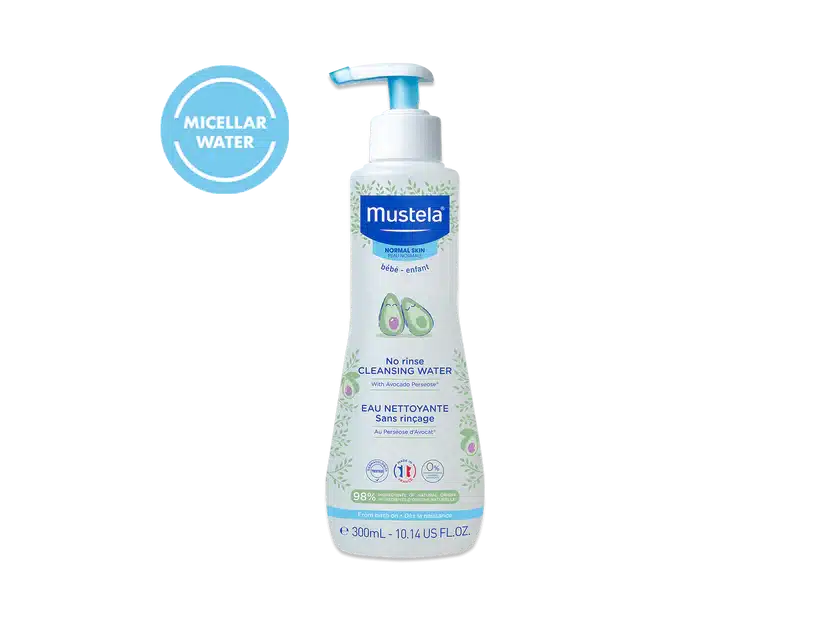Bringing a new baby into the world whether it’s your first, second, or fifth is a huge moment. Magical, overwhelming, exhausting, beautiful… all of it. But as sweet as those early cuddles are, they also come with a healthy dose of worry. You’re getting to know this brand new little person while trying to adjust to a whole new rhythm of life (AKA, zero sleep and 24/7 feeding).
Something all new parents have in common? Obsessing over their baby’s wellbeing and questioning whether they’re doing a good enough job. Spoiler: if you’re even thinking about whether you’re a good parent, chances are you already are. The fact that you care so deeply means you’re doing your best. So, deep breath. You’ve got this.
Now, let’s talk about the stuff no one really warns you about. Because babies don’t come with manuals, and those first few weeks can be full of unexpected things like colic, swollen bellies, rashes that appear out of nowhere. It can all feel a bit scary if you don’t know what’s normal and what’s not. That’s what this article is for. A low-key guide to the most common newborn health quirks and how to handle them—without spiraling.
Swollen Stomach
A swollen stomach or abdominal distension can be pretty common in newborn babies. Generally, it’s apparent after feeding. However, it ought to feel soft. If it isn’t, it’s best to see a doctor, especially if other symptoms are present, such as vomiting, accompanying it, or if the baby has not had a bowel movement. Typically, however, a distended abdomen means the baby is constipated or has gas, so relieving this can remove the distension and return the stomach to normal.


Diaper Rash
Diaper rash is a common occurrence in babies of all ages, and it might be that the diaper is irritating their skin, or you might notice this overnight once your baby starts sleeping for longer periods, and they’re not changed as frequently. In some cases, it can be a sign of an allergy to their milk if bottle fed, for example, and you might need to swap milk for other options to rectify the problem, or it can be a sign of a reaction to something, possibly. However, using a barrier cream on your infant during changes can help to soothe diaper rash or prevent it from occurring entirely.
Colic
Colic usually peaks around 6 weeks and is characterized by crying excessively, and nothing seemingly helping. It can be incredibly stressful and upsetting for both babies and parents. And to make things worse, usually this occurs in the evening when everyone is tired and ready for bed.
Colic can be caused by different reasons, such as an underdeveloped digestive system, food allergies, over- or underfeeding, and stress or anxiety, for example.
While it might seem like nothing helps, there are some things you can try.
- Holding your baby in a way that eases their discomfort can stop the crying for any period of time.
- Holding them close to your body so your body movements can help to dispel any trapped gas or discomfort they have
- Sit or hold your baby upright during and after feeding to stop them from swallowing air
- A warm bath might help
- Tummy massage
- Soothing environments
- White noise
- Car rides
- Pushchair walks/carries them in a sling
Cradle Cap
Cradle cap is seborrheic dermatitis and is extremely common in babies. Typically, this is on their heads, but it can appear on their face, too. You will know if your baby has a cradle cap by the presence of yellow, crusty deposits on the skin. This idea is due to the sebaceous glands working excessively.
Thankfully, it’s not harmful or contagious; however, the cradle cap isn’t nice to look at or touch. So, if you notice a yellow crust on baby’s face or head, these are some things you need to do to eradicate it.
- Bathe less frequently. While bathtime might seem like a good idea for removing the cradle cap, it can dry the skin out, making it worse.
- Use cradle cap treatments.
- Avoid home remedies or old wives’ tales.
- Talk to your pediatrician.
- Use a humidifier
- Don’t pick at it
- Avoid harsh chemicals


Baby Acne
Sadly, babies aren’t immune to the curse of acne, and baby acne does exist. It can be worrying to notice these spots appearing on your beautiful newborn. But baby acne is easily dealt with, and luckily, it’s temporary.
You will typically see these spots around the 2 to 4-week mark, and thankfully, it’s not the same as teenage or adult acne. It’s thought to be caused by a surge in hormones from another pre-birth.
You need to wash the baby’s face each day with water and pat their skin dry, not rub it. Dabbing breast milk on the area is thought to help, and ensuring the baby can’t scratch at the spots will help ot reduce soreness or further complications. But if it doesn’t clear up past the 4-week mark, then you might want to book an appointment with the doctor who can help you get the right treatment.
Umbilical Cord
In some cases, the umbilical cord stump might bleed or become infected. But it’s important to know that when it’s time for the stump to fall off naturally, you might notice bits of blood; this is completely normal. But these are small spots, and any active bleeding, as does the appearance of these symptoms, needs medical care immediately.
- Foul smells from the stump
- Red skin around the base
- Crying when the stump or the area around it is touched
Understanding the changes the umbilical stump naturally experiences can alert you to any unusual changes and help you get medical help.
While little hiccups in the first few weeks are super common, it’s always okay to trust your gut. If something feels off or you’re just not sure what’s going on, don’t hesitate to check in with your doctor or midwife. No question is too small when it comes to your baby’s health and peace of mind is everything in those early days.
You’ll also like this:
Is AKI Family Resort PLOSE Worth It? An Honest Family Getaway Review
Modern Money Moves: How Parents Can Build Better Saving Habits









Leave a Comment